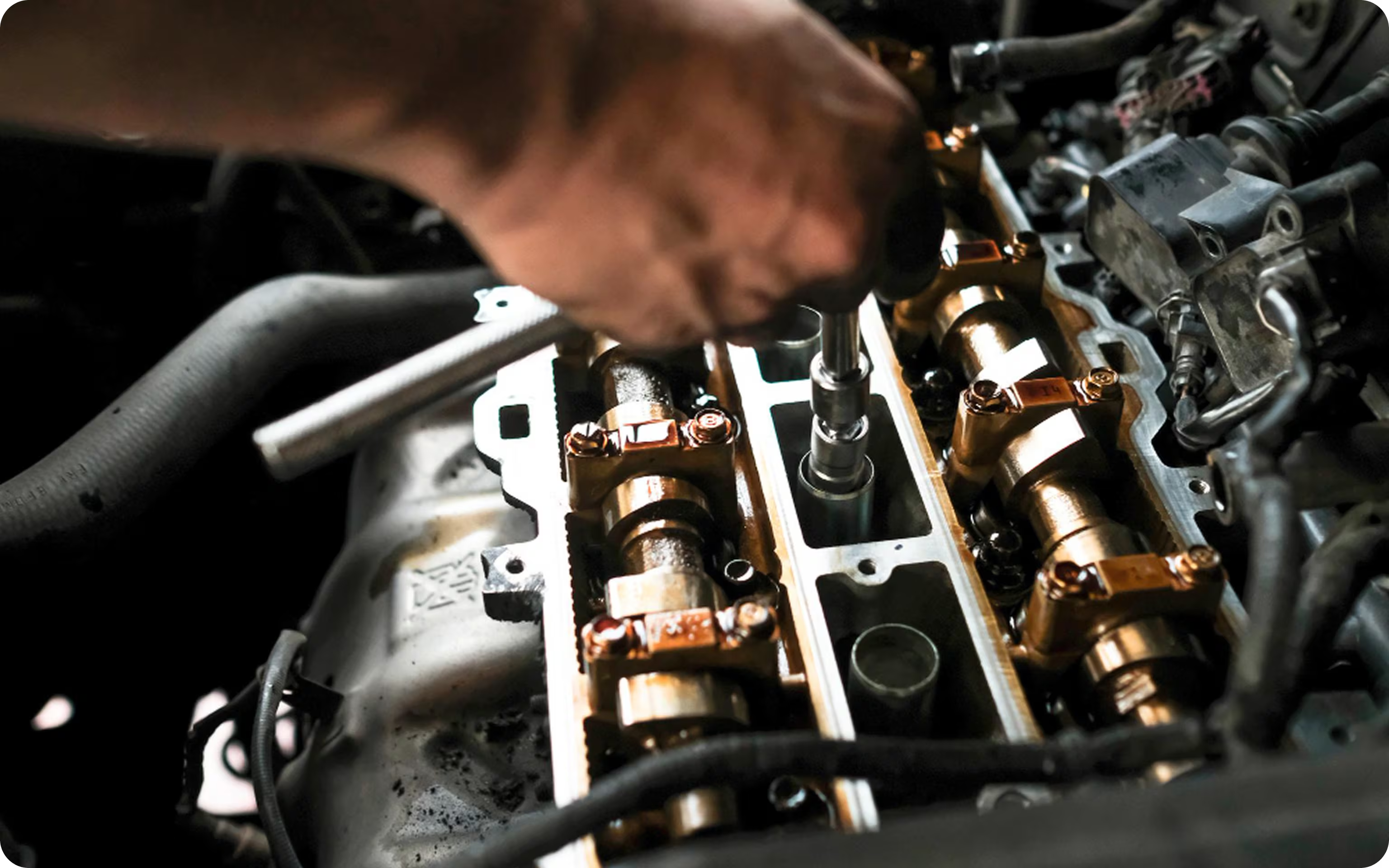.avif)
A battery’s health hinges on clean, tight connections—corrosion builds up as acid vapors interact with metal posts, increasing resistance and reducing cranking amps. Dimming headlights, sluggish starter cranks, or flickering interior lights all point to a weak battery or poor terminal contact. While jump‑starts can get you going, they don’t fix underlying issues—age, repeated deep discharges, or parasitic draws degrade capacity. Plan to replace batteries every three to five years, and use a battery tester or multimeter to verify state of charge, ensuring reliable starts even in cold weather.
A rapid clicking noise when you turn the key usually signals a starter solenoid struggling to engage under low voltage, while a single click often means the starter motor itself is failing. Alternator issues manifest as dashboard light flicker, electrical accessories stuttering under load, or the battery warning lamp illuminated after startup. Measuring system voltage with a multimeter—engine off (12.6V) and running (13.8–14.5V)—quickly distinguishes between a dying battery and a faulty charging circuit. Pinpointed bench tests at an auto parts store can confirm starter or alternator health before investing in replacements.

Fuses protect individual circuits by sacrificing themselves under overcurrent events; a blown fuse will cut power to headlights, radio, or even the fuel pump. Inspect the fuse box—usually located in the engine bay or under the dash—looking for melted or missing elements. Relays, essentially electrically‑activated switches, click when engaged; no click often means a dead coil or poor connection. Swapping a suspect relay with another of the same type (e.g., horn relay) provides quick troubleshooting. Always carry a few spares of common relays and fuses in your glovebox for emergency fixes.
Electrical gremlins often lurk where circuits ground to chassis—loose or rusted ground straps under the dash or near the engine can produce intermittent faults, from flickering gauges to random stalling. Over time, rodents sometimes chew through wiring looms, exposing conductors to shorting against metal surfaces. Trace damaged runs, splice in new sections using proper gauge wire, heat‑shrink connectors, and secure bundles with loom tape or conduit. A systematic approach—verifying power, testing continuity, and confirming grounds—turns a mystery drain or erratic behavior into a solvable puzzle.